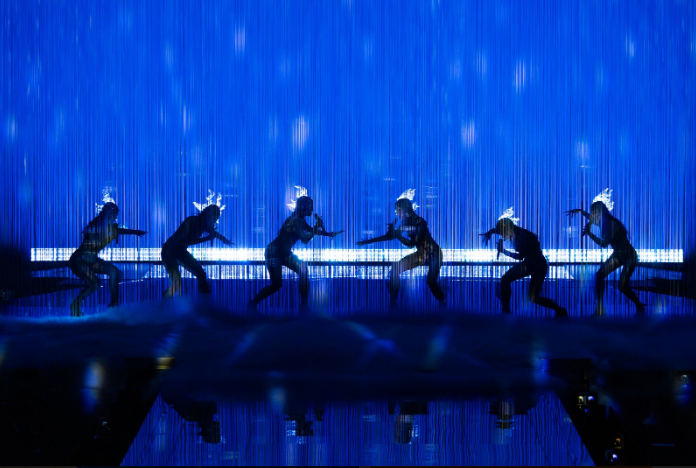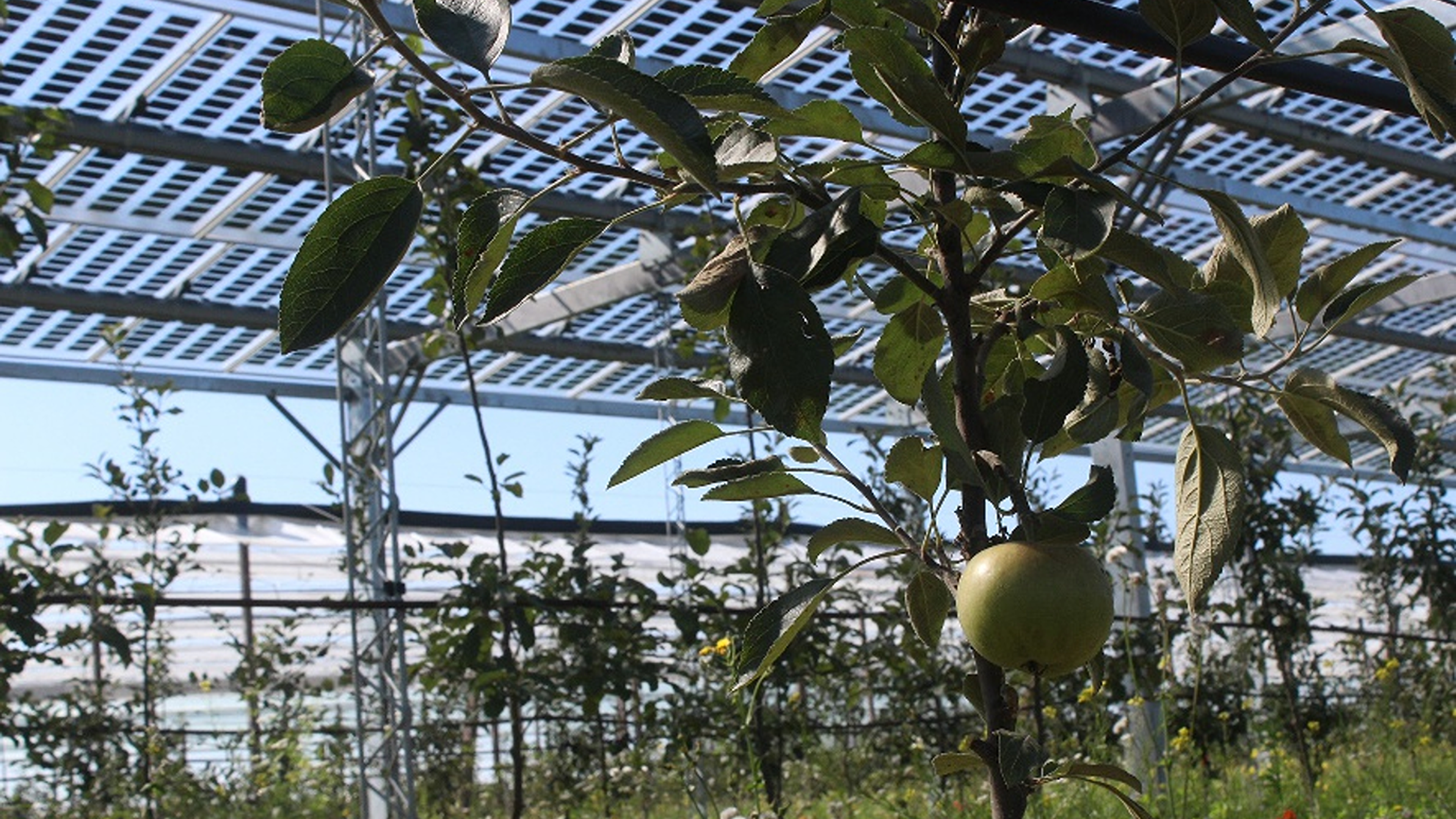What does NRC think | Nice weather? No, a symptom of the disruption of the climate
:format(jpeg):fill(f8f8f8,true)/s3/static.nrc.nl/taxonomy/bf9b707-commentaar-itemafbeelding-2024.png)
« For night frost you are not protected until St. Servaas takes care of you, » is an old folk wisdom. Servatius belongs to the ice saints whose name day is celebrated this week. In the last few days they mark in the last few days with a reasonable chance of night frost. But the Ice Saints are no longer holy, writes the KNMI On his website. The last frost day in the spring is about ten days earlier than ‘earlier’. An outlier (who simply occurs when it comes to the weather) was there in 2020. That was the last year that night frost was still measured after ice saints. The time before was in 1973, more than half a century ago.
In the climate scenarios of the KNMI, based on the speed with which greenhouse gases are reduced, the last prince day in the most favorable case is at the end of April at the end of this century. In an unfavorable scenario that will be February. By that time, the Netherlands no longer has any real winters and the number of frost days will have fallen from more than fifty to around ten a year.
How bad is that? Most of us will mainly enjoy radiant spring weather after a gray winter. Logically. With temperatures well above 20 degrees, the terraces are full and faces are cheerful. Especially in the spring, when March sometimes stirs his tail and April still does what he wants, nobody is waiting for a winter shower.
Yet it is important to realize that what we now call ‘nice weather’ is a symptom of the way people disrupt the climate. The five hottest springs since the start of the measurements in 1706 fell in the past two decades. « Spring is warming up, » Thus the website WEATHER Online. Until 1991 the average spring temperature was 8.1 to 8.7 degrees. That is now almost 10 degrees. And in a few decades that could be about 13 degrees.
The consequences are great. First of all for nature. Many plants and animals have difficulty adapting to an earlier start of spring. Trees run out earlier, insects appear faster. But unfortunately they don’t all do that at the same pace. The breeding success of great tits depends on the optimum availability of caterpillars. If one of the two comes too early or too late, the ecological structure collapses.
The shift of the seasons also has serious consequences for people. Although not every spring is as dry as now (2024 was even outspoken wet), the current situation shows what such an extremely precipitation deficit means so early in the year. The drought season has only just begun, and water boards are already set irrigations for agriculture. The water in the Rhine is about two meters lower than usual at this time of the year, which means that shipping can get into trouble. European power plants have been struggling during hot periods in recent years with a lack of cooling water. « The first effects of drought are already visible », wrote Rijkswaterstaat A month and a half ago. « Like the forest fires a few weeks ago in Zeeuws-Vlaanderen and on the Sallandse Heuvelrug. »
Based on the climate scenarios, Rijkswaterstaat expects the precipitation deficiency to increase by no less than 35 percent until 2050. The Netherlands has to anticipate much more than now. This requires measures that, Rijkswaterstaat writes euphemistically, « cannot always count on broad support. »
The Court of Audit warned this week in the report Drinking water under pressure That the cabinet does not make sufficient work on saving water. « Worrying, » the Court of Audit judges. Because while the demand for drinking water is increasing (in the next five years by no less than one hundred million cubic meters, the RIVM knowledge institute expects), the supply is falling. Soon water supply companies can no longer meet demand in a warm, dry summer.
But saving requires awareness. It is important that weathermen and women offer more context in the term ‘nice weather’. Media (yes, also NRC) should no longer automatically post photos of legend children in messages about the umpteenth hair record. And for education it is becoming increasingly important to make children aware of the changes.
To recognize climate and environmental problems, people are hindered by the Shifting Baselines Syndrome – An adjustment of the expectations, which means that we lose something valuable. Children no longer know that after a summer drive, the windshield used to be full of dead insects – which have disappeared. The time that a snowman could be made almost every winter is far behind us. Especially enjoy a drink in the spring sun, but don’t consider it normal.

/s3/static.nrc.nl/images/gn4/stripped/data131494761-6b5bfa.jpg)
:format(jpeg):fill(f8f8f8,true)/s3/static.nrc.nl/wp-content/uploads/2019/10/youp5bij3.png)
/s3/static.nrc.nl/wp-content/uploads/2025/05/17005626/web-1605nws_medin.jpg)




